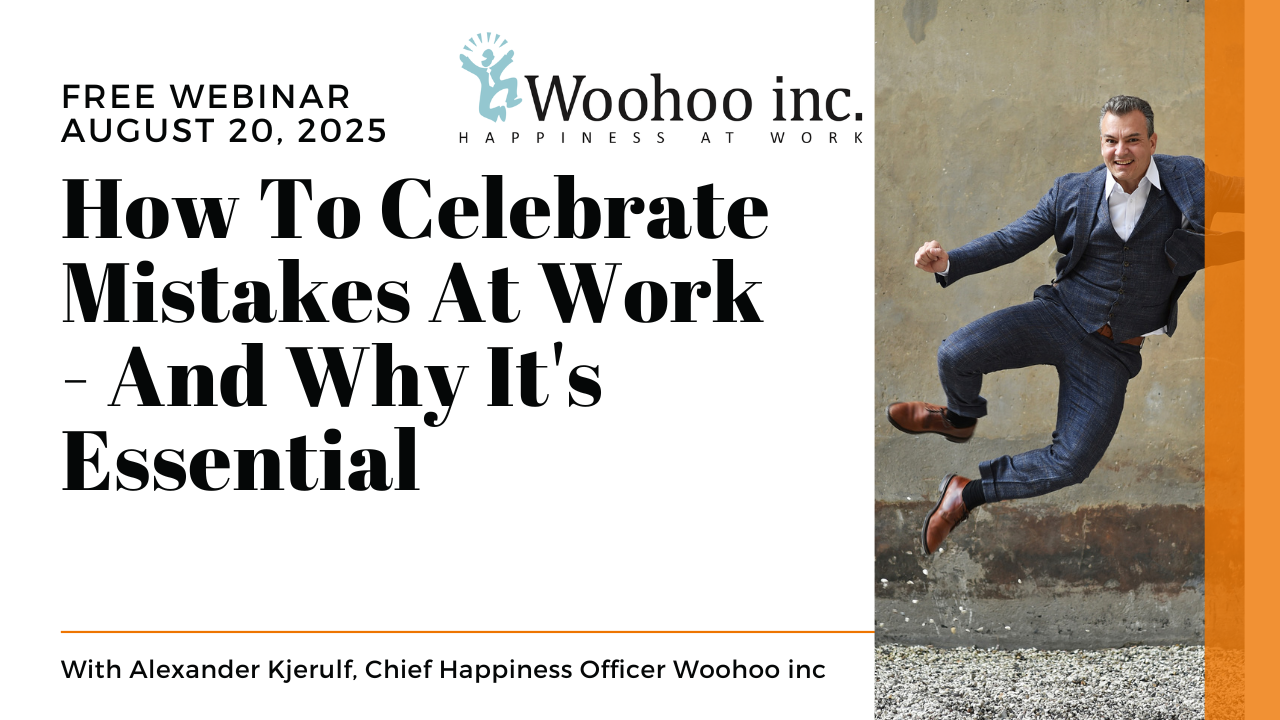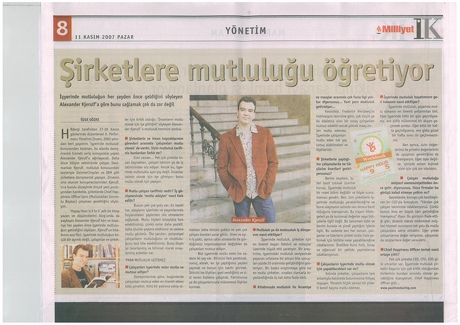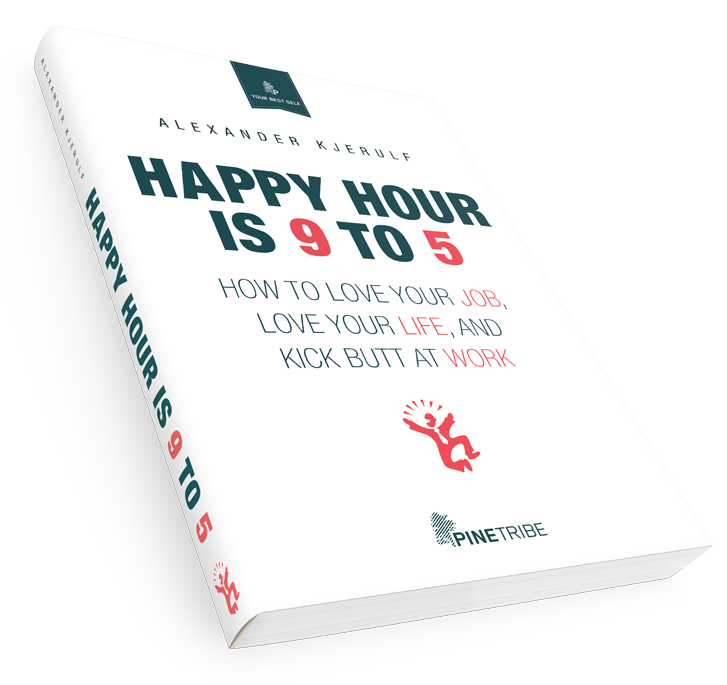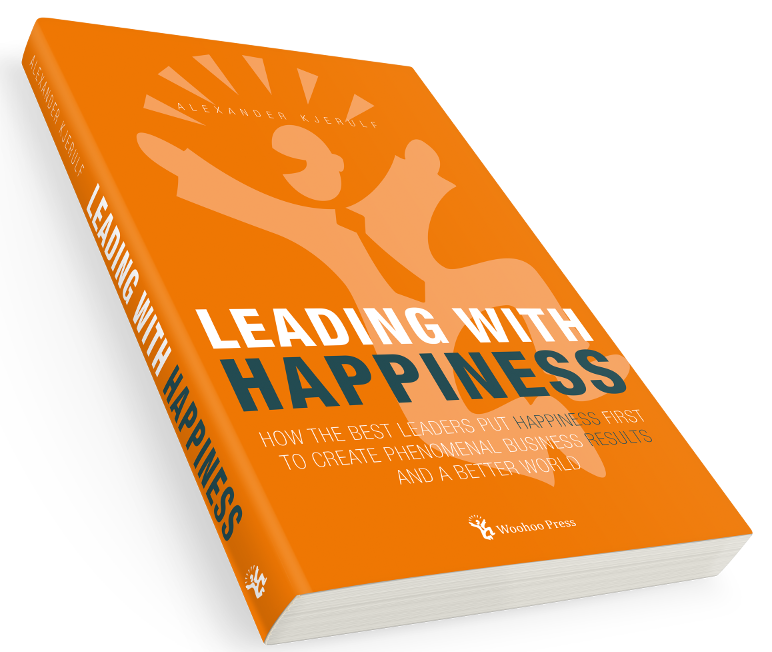
How do you know that you’re unhappy at work? That something is not right and that it’s time to either make some changes at work or move on to a new job?
In my work, I talk to a lot of people who are not happy with their jobs. Here are the top ten symptoms of unhappiness at work that I’ve observed. How many apply to you?
1: You procrastinate
You really, honestly try to get some work done. But somehow you never really get around to it. Or you only do it at the last possible moment and then only do a half-baked effort.
Many people view procrastination as a personal weakness. To me, it’s one of the strongest warning signs of unhappiness at work.
2: You spend Sunday night worrying about Monday morning
“I never sleep on Sunday night very well because I’m worried about going to work on Monday morning. My job is very stressful and you kind of have to gear up for Monday and getting back into that.” (source)
One of the worst things about being unhappy at work is that the unhappiness bleeds over into your free time. If you’ve had a lousy day at work, it’s difficult to go home and have a great evening. If your week sucked, it’s hard to have a fun, relaxed, carefree weekend.
3: You’re really competitive about salary and titles
You don’t like the job itself, so you focus much more on salary and perks. Knowing that someone in a similar position is paid more than you, or is promoted when you’re not, really eats at you.
When we’re unhappy at work we get a lot more competitive, for one simple reason: When work doesn’t give us happiness and enjoyment we want to get something else out of it. And what else is there but compensation and promotions.
4: You don’t feel like helping co-workers
Your colleagues may be struggling. But you don’t really feel like lending a hand. Why should you?
One very interesting psychological study started by putting subjects in either a good mood or a bad mood. They were then asked to go down the hall to another room where the experiment would continue. In the hallway the real experiment took place – the subjects passed a man holding a big box struggling to open a door. Would the subject help that person? The experiment showed, that when we’re in a bad mood, we’re much less likely to help others.
5: Work days feel looooong
The first thing you do in the morning, is calculate the number of hours until you can go home.
Ironically, this makes the work day feel even longer.
6: You have no friends at work
Friends at work? They’re mostly all jerks anyway.
Gallup have found in their studies of workplace engagement, that one of the strongest factors that predict happiness at work is having at least one close friend at work.
7: You don’t care. About anything.
Things can go well or they can go badly for your workplace. Either way, you don’t really give a damn.
When you’re unhappy, you care mostly about yourself and not so much about the workplace.
8: Small things bug you
Small annoyances bug you out of all proportion. Like someone taking up too much space in the parking lot, someone taking the last coffee without brewing a new pot or someone talking too loudly in the next cubicle.
When you’re unhappy you have much thinner skin and a shorter fuse. It takes a lot less to annoy you.
9: You’re suspicious of other people’s motives
No matter what people do, your fist thought is “what are they up to?” Good or bad, big or small, all decisions and actions made by your co-workers and managers are seen in this light.
Studies show that we’re also more suspicious of others when we’re unhappy.
10: Physical symptoms
You suffer from insomnia, headaches, low energy, muscle tension and/or other physical symptoms.
Studies show that when you’re unhappy at work you’re more prone to experience these physical stress symptoms.
Your take
How many of these apply to you in your current job? Did I leave any important symptoms of workplace unhappiness out? Please write a comment. I’d really like to know your take!
Related posts:




 My life is now complete – I’ve been on radio in ireland :o)
My life is now complete – I’ve been on radio in ireland :o)
 Over at
Over at  I’m spending this week in Atlanta and Orlando studying how some major American Corporations do business – especially in regards to customer service.
I’m spending this week in Atlanta and Orlando studying how some major American Corporations do business – especially in regards to customer service.
 I recently visited the
I recently visited the  Two weeks ago I had a day that I was NOT looking forward to. I had two speaking gigs on a Saturday (which is great!) but they were in opposite ends of Denmark. I had to get up disgustingly early to make the drive to the first one and then there was barely enough time to finish that and drive 350 km to the next one. After that, it was another 300 km drive home.
Two weeks ago I had a day that I was NOT looking forward to. I had two speaking gigs on a Saturday (which is great!) but they were in opposite ends of Denmark. I had to get up disgustingly early to make the drive to the first one and then there was barely enough time to finish that and drive 350 km to the next one. After that, it was another 300 km drive home. I’m going to the US next week to meet with and study some American companies and their approach to customer service. You may know some of them… where was that list… Oh, yeah: There’s Coca-Cola, Delta, Capital Grill and some place called Disney or something like that… Ever heard of them?
I’m going to the US next week to meet with and study some American companies and their approach to customer service. You may know some of them… where was that list… Oh, yeah: There’s Coca-Cola, Delta, Capital Grill and some place called Disney or something like that… Ever heard of them? What does it take to make us happy at work? What’s one simple, easy, fun thing that we can all do – that works!
What does it take to make us happy at work? What’s one simple, easy, fun thing that we can all do – that works!


